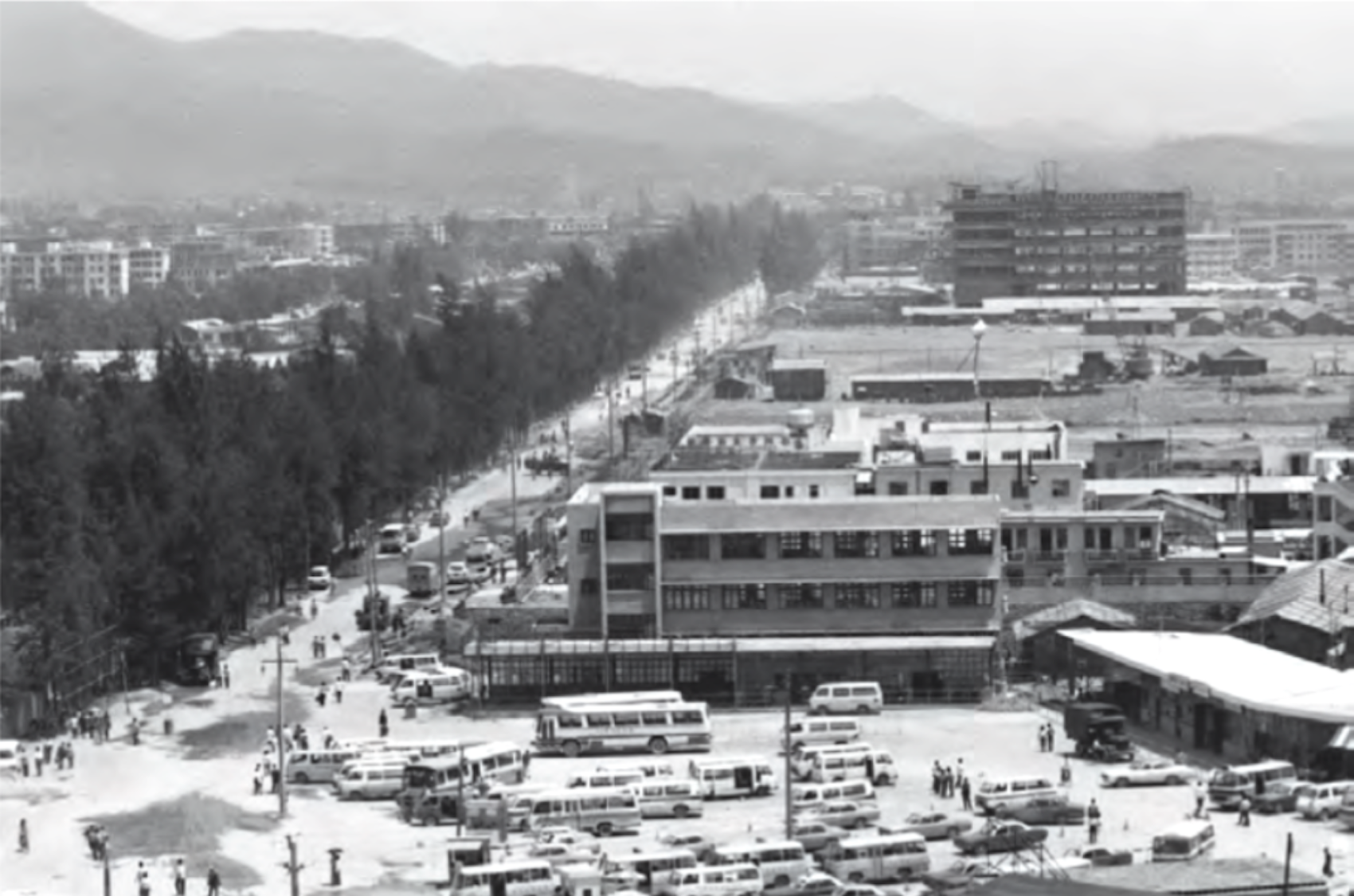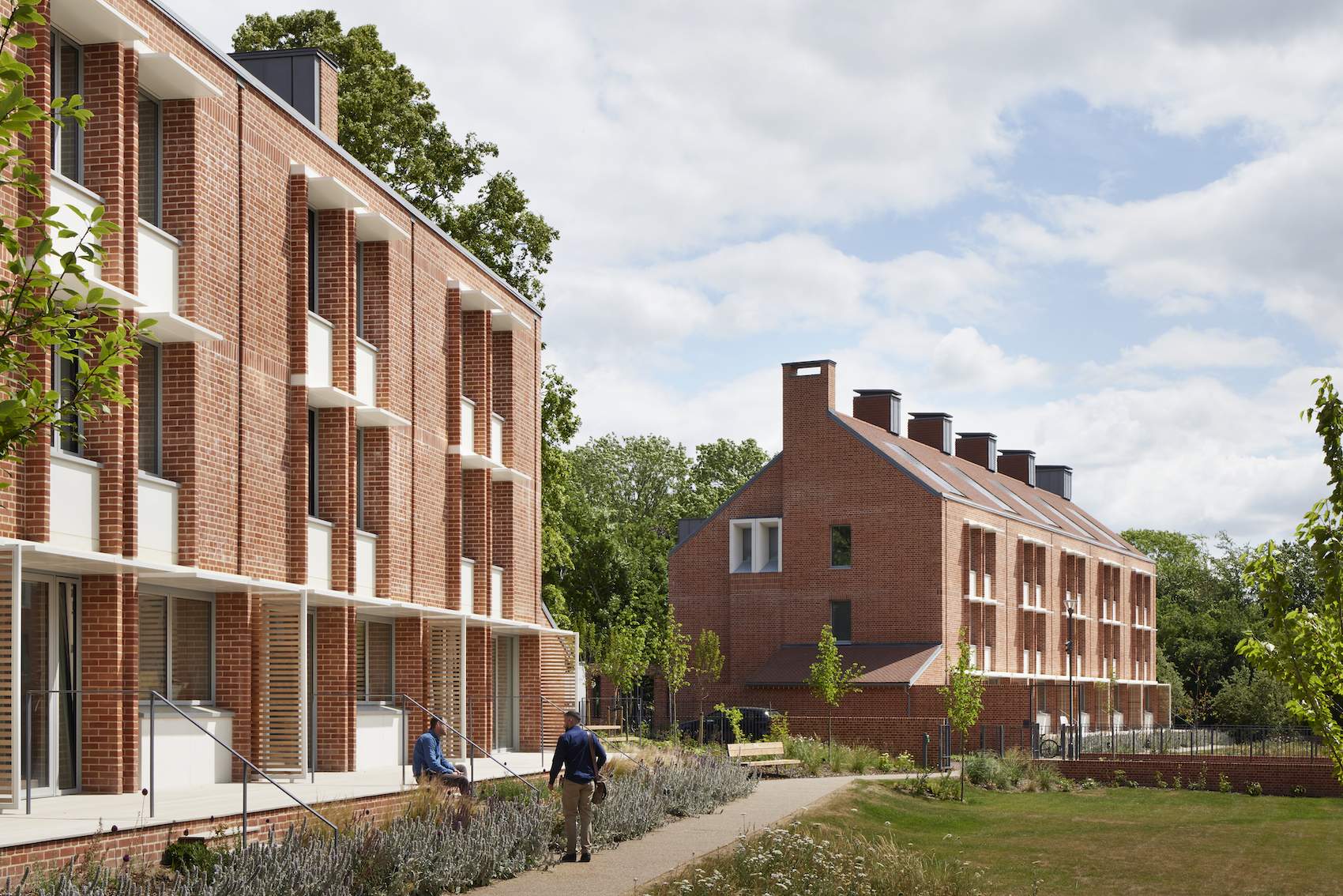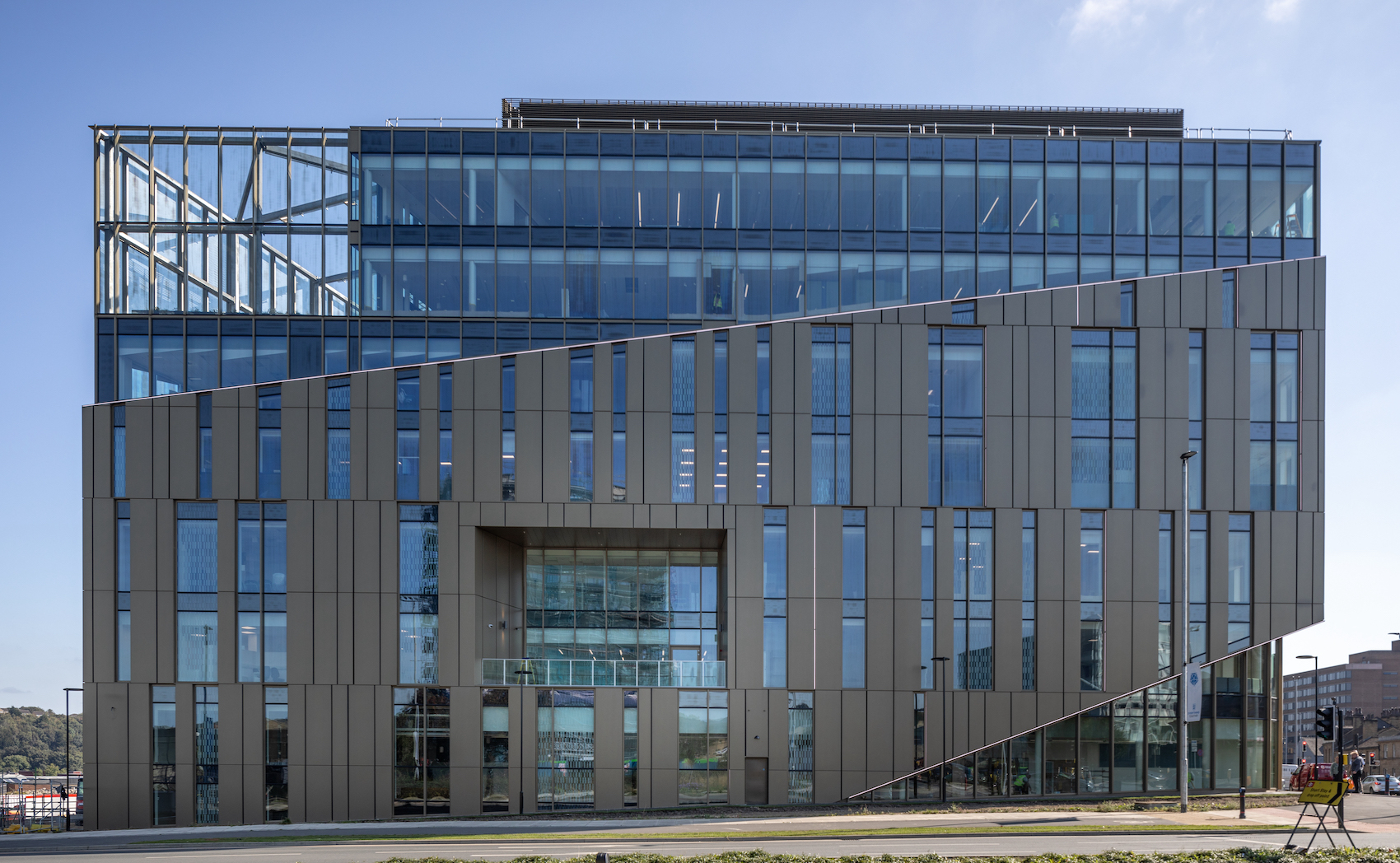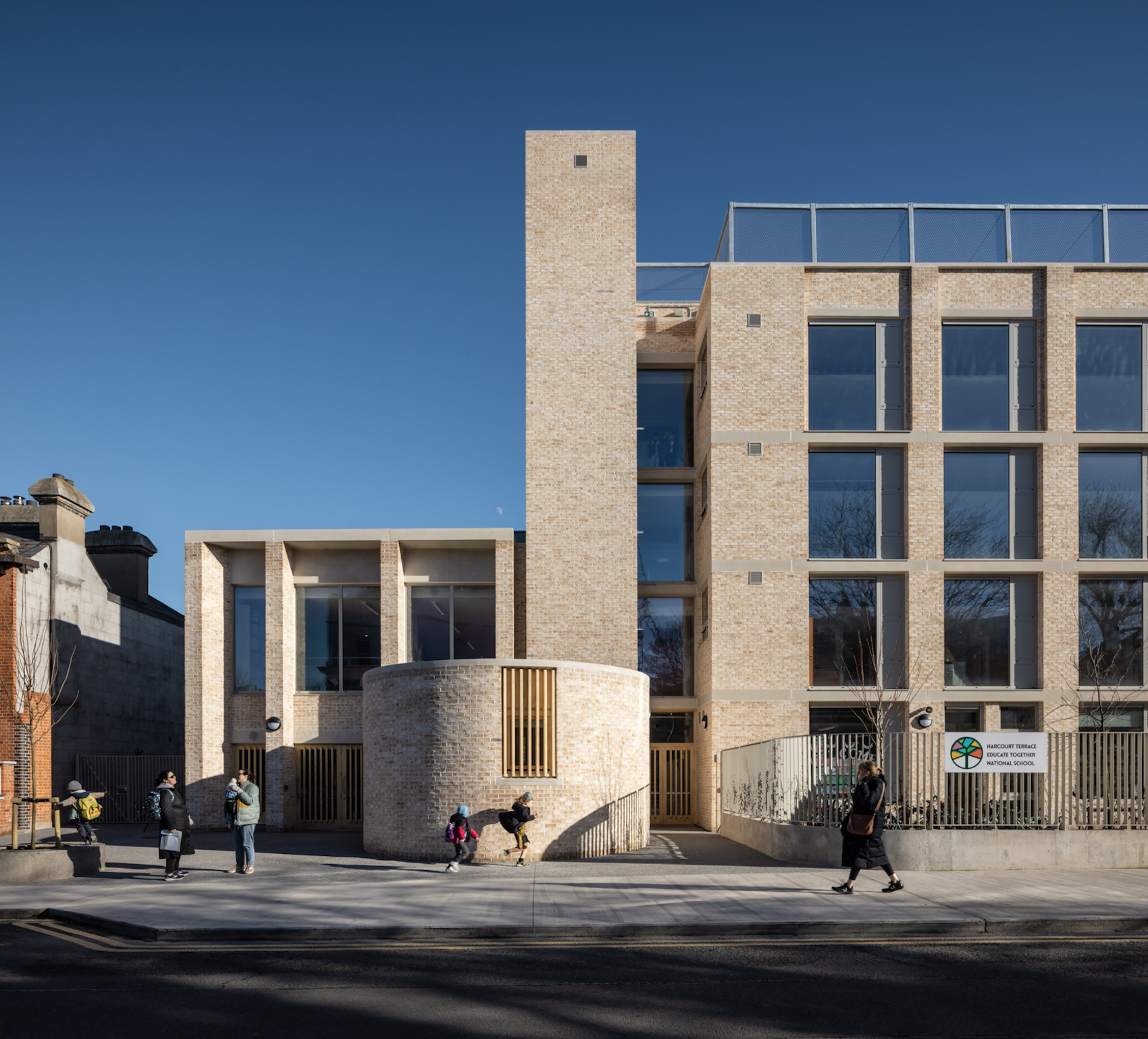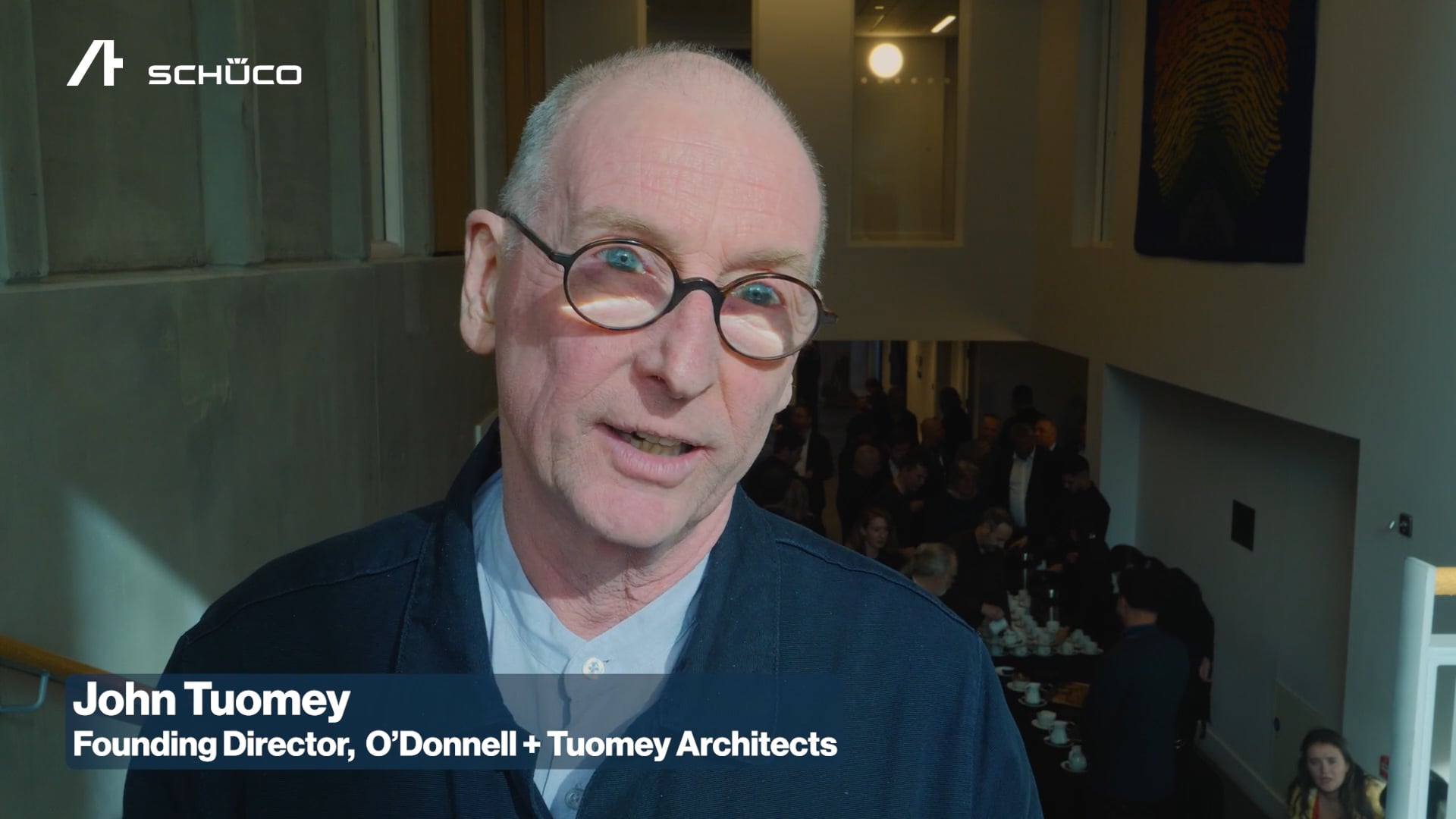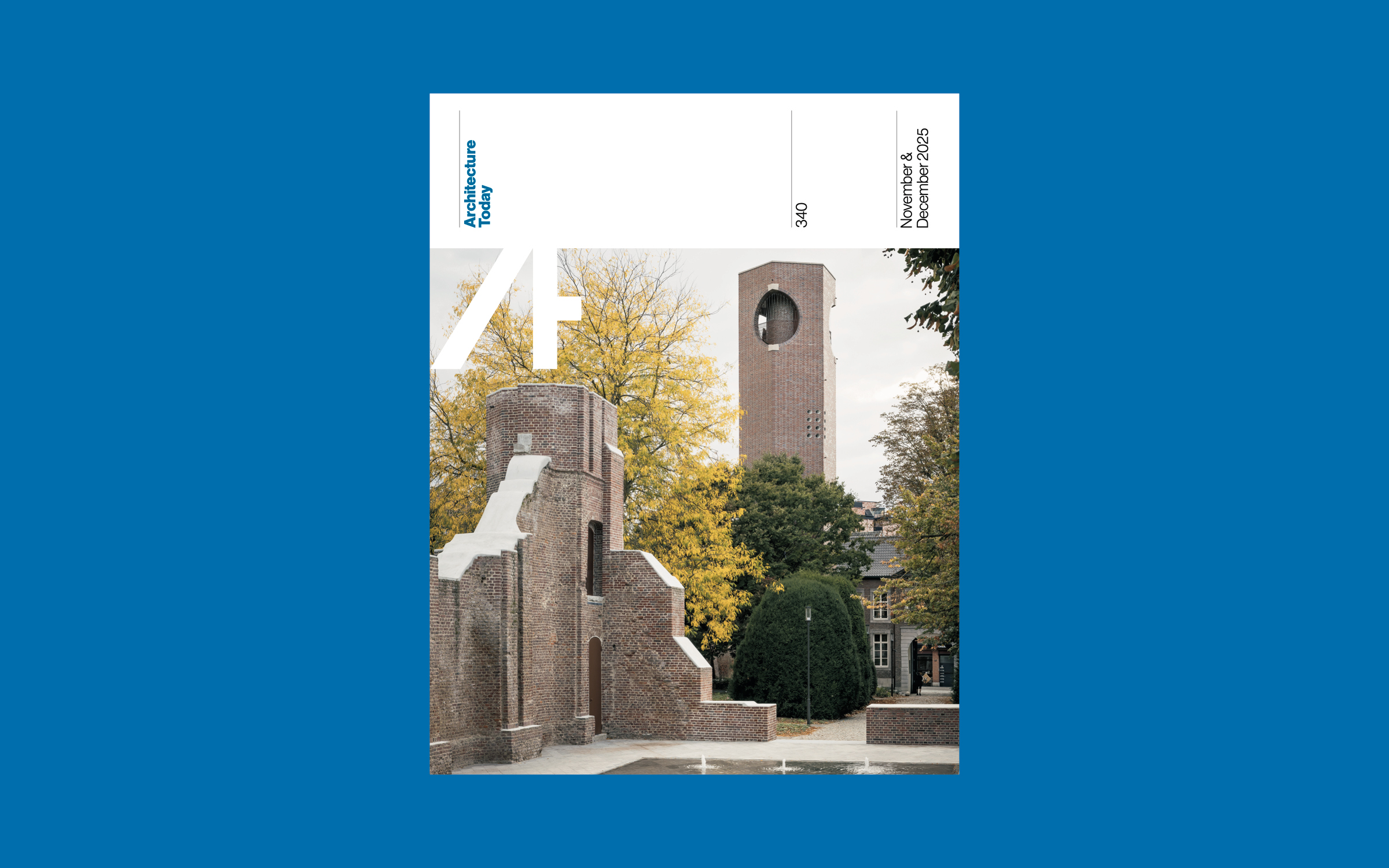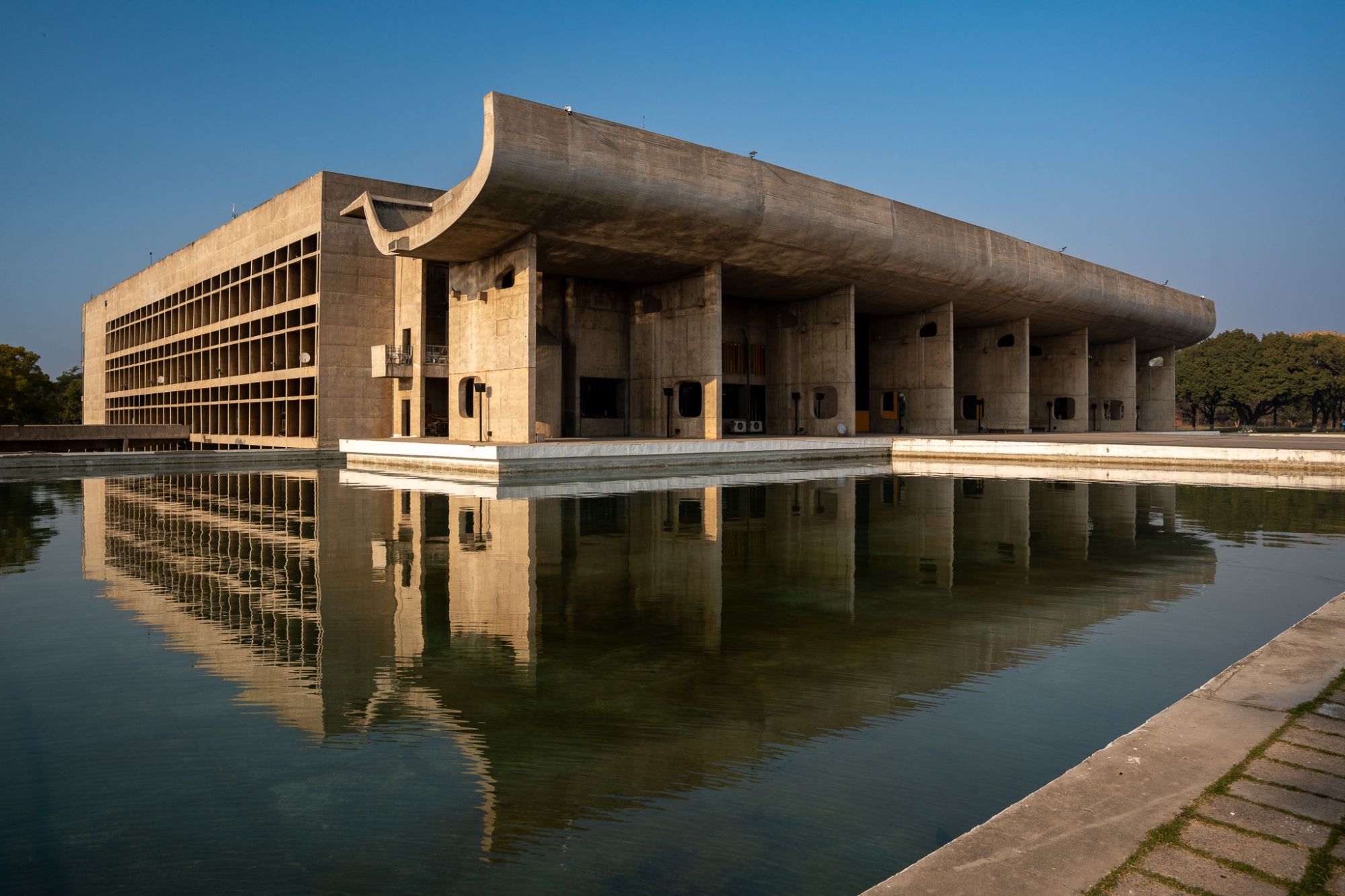Practices including AWW, Miltiadou Cook Mitzman Architects, White Arkitekter, and Marks Barfield Architects, discuss how they support nature both locally and nationally.
Optimised Environments (OPEN) transformed low-grade agricultural land with limited biodiversity into Cults Burn Park for the community of Countesswells, to the west of Aberdeen (photo: Open – part of SLR).
Co-evolving with nature
Part 2 of the Regenerative Architecture Index focuses on ‘Co-evolving with nature’. This is about recognising that we are part of – as opposed to separate from – the natural world. It recognises the importance of actively regenerating ecosystems by learning from and working with natural systems. This requires designing for circularity and encouraging closed-loop energy, material and water cycles. Responses in this section were assessed by Architects Declare steering group members Anna Lisa McSweeney, Alasdair Ben Dixon and Craig Robertson, with expert input from RAI ambassador Phoebe Tickell – renegade scientist, systems thinker and social entrepreneur. Read more about Part 2 of the RAI here.
Practice Question 3
Is the practice supporting nature locally and nationally? For example, does the practice support local gardens, gardeners, planting programmes, rewilding programmes, or advocate for changes in legislation to protect nature?
Front-runner
Marks Barfield Architects
Marks Barfield Architects (MBA) completed a new high-quality urban piazza in Clapham Old Town, which reversed the percentage of road-to- pavement and planted more than 80 new trees. We are actively involved in the Clapham BID and are lobbying for a greening of Clapham High Street with the planting of trees. We – through Julia Barfield – are also supporting Larkhall Park with involvement over a 40-year period. This is part of an action group (now a friends group) getting additional funding and advocating improvements in biodiversity, playgrounds, seating and community events. We also support a local youth charity, OASIS nature garden, building them a new forest school nursery and play building. Through our involvement in AD as part of the Steering Group, MBA is advocating changes in legislation to tackle the biodiversity crisis, for example the AD Building Blocks manifesto. This was presented by Julia at the recent launch in parliament.
Runner-up
Allford Hall Monaghan Morris
Supporting nature is one of the partnership group priorities. Over the last three years, we have volunteered and donated over £28,000 to 25 nature-related groups. Initiatives in our London office include The Garden Classroom, Islington Gardeners, St Luke’s Community Centre gardening programme and Shade Islington, a secondary school ideas competition tackling the climate crisis. With our Bristol office, we support: Avon Wildlife Trust, Bristol Avon Rivers Trust, Avon Needs Trees, Windmill Hill City Farm and Street Goat, an urban goat farming group connecting communities to sustainable food production.
Nationally, we have supported Black Girls Camping, Trees for Cities, Project Seagrass and Surfers against Sewage. Globally we have supported small charities, including The Mango Jam, Mision Gaia, in Colombia, who save mangos that would normally go to waste to create jam. This generates a source of income for the women of the communities where the project is run.
Ones to watch
LOKI
The majority of our natural restoration work is abroad, specifically because of the danger to illegal forestry that is not getting enough attention paid to it. Over the past 20 years, I have lived in Indonesia several times and seen what illegal deforestation means for the landscape, habitat loss, livelihoods (yes – they’re impacted too), biodiverse impacts and social impacts on culture, heritage and history.
We work with small restoration and reforestation groups in Sumatra and Java especially, and are looking to work on alternative rewilding projects in other places on the archipelago. On every project we build, we replace our timber consumption by planting 150 per cent more trees than we use. We go to the forests and observe where the timber is coming from and the culture of how it is cultivated and managed. This is an incredibly important part of our work.
An Indonesian artisan carves an intricate column from sustainable mahogany. LOKI works with small restoration and reforestation groups in areas impacted by illegal deforestation. For every project it builds, the company replaces its timber consumption by planting 150 per cent more trees than it uses (photo: Brigitte Clements).
AWW
The practice aids staff involvement in support of nature, and recently this has included staff participation in planting hedgerow to extend a wildlife corridor in south Bristol. Following an in-depth gap analysis on our ESG impact potential as a practice, our current focus is to support charities and schemes that help to reduce crime in our local cities. To this effect, we have recently partnered with Young Bristol and Safer London, and are looking at ways to support both charities. We are anticipating that there will be opportunities through these partnerships to support local gardens with the mutual aims of environmental gain and helping to support mental health.
We offset our remaining GHG emissions through Temwa. Based in Bristol (impact internationally) there are three strands to the scheme: one, community-led tree planting; two, supporting farmers and households to plant fruit producing trees; and three, helping to protect existing forests.
White Arkitekter
We climate offset our operations emissions (which we seek to reduce to a minimum through company policies, such as prioritising train travel across and within Europe and vegetarian catering) to a specified forestry project in Kenya. This was chosen as we have presence in Nairobi with a team member living there and leading our work in East Africa.
In addition, we are involved in c/o City, which is a non-profit association that pursues issues related to urban ecosystem services. This includes developing and disseminating tools and methods for the integration of ecosystem services in planning and construction; highlighting the economic and ecological benefits of ecosystem services in cities; creating forums for knowledge dissemination; and collaboration with new markets in Sweden and internationally. We are also involved with the Eco Forestry Association, a non-profit association developing international criteria and standards for ecological forestry.
Miltiadou Cook Mitzman Architects
We contribute to carbon offsetting through payments into rewilding programs. Our design work frequently incorporates rewilding elements, as evidenced by our competition entries for projects like the CIPL Cambridge Science Park, the Public Realm Strategy for the LSE, and the University of Portsmouth masterplan. Key regenerative principles, include building reuse, urban greening and rewilding, water management, low-energy buildings, material reuse, and a modal shift towards cycling including reducing parking.
We collaborate closely with gardeners, landscape architects, arboriculturists, and horticulturalists on all our projects. This ensures the protection of existing mature trees and the inclusion of indigenous species and drought-resistant plants in our designs. This approach enhances the ecological integrity of our projects and reinforces our commitment to sustainable and regenerative landscape practices. Through these efforts, we aim to promote biodiversity, enhance the natural beauty of our environments, and contribute positively to the local ecosystem.
Miltiadou Cook Mitzman Architects’ proposal for the pedestrianisation of Portugal Street, part of a Public Realm Strategy for the London School of Economics, puts nature – as opposed to cars – at the heart of the public realm (photo: Miltiadou Cook Mitzman).
Optimised Environments (OPEN)
The very essence of our practice results in us advocating for nature on all levels and in all contexts. We are advocates for access to, and provision of, natural environments for all, promoting such critical resources in our projects and ensuring they have a secure place within budget constraints. We regularly comment on emerging legislation, contributing to draft policy and providing feedback into consultations to ensure that the natural environment is appropriately considered and valued through programmes which are fit for purpose and are deliverable. Our projects actively seek to deliver against such policies, identifying where there are opportunities for rewilding, new habitat creation or enhancement.
Many of our staff benefit from having access to an allotment or community garden, and support the respective local associations who are stewards for these important resources. Such places provide a direct relationship between nature and people in an urban environment.
Architype
The practice has advocated for responsibly- sourced timber since its inception. Working with Natural Resources Wales, we created Coed-y-Brenin Visitor Centre, which celebrates the client’s own timber from a local mill. It was Britain’s first use of the Brettstapel (no glue) technique, with an ambition of opening up Welsh timber opportunities. Homegrown Brettstapel has since been used on projects by Architype and others. We also have a Grown in Britain ambassador.
Architype has long supported nature- based charities with low design fees for London Wildlife Trust headquarters, Sydenham Gardens (Best Mental Health Design, 2011), and Chiltern Hills Visitor Centre. Our school projects have supported the regrowth of local nature, such as the food production garden at The Willows Primary School, the dipping pond at Hackbridge Primary School, and growing beds at Staunton Primary School, which generate produce for public sales. Outdoor learning is currently being reinterpreted to create a successful approach for the Scottish climate.
PLP Architecture
Our advocacy in supporting nature-based decisions and inspiring the public to harness nature is through the publication of our research on employing the office- wide plant scheme and its benefits – ‘Reap what you Sow’. It creates potential for commercial decision-making by attaching a monetary value to emotion around biophilia. It also forms an addition to evaluating post occupancy in qualitative and quantitative means.
Furthermore, one of our partners sits as a chair for the public realm committee as a part of the Aldgate Bid, which involves working with the finances to improve neighbourhood greening.
PLP’s design for Tokyo Cross Park, Japan, envisions the growth of the capital’s green space, with pedestrian ‘park bridges’ connecting the neighbourhood to green infrastructure (CGI: Nikken Sekkei).
Studio Bark
The intention behind our directors’ ownership of an area of land in Worcestershire is to support nature on the site. We are committed to supporting nature on our projects, and promoting our research on Paragraph 74 and Paragraph 139 in order to help others design in line with protecting nature. However, we feel we could do more as a team to support nature locally and nationally, and there could be opportunities in our local area of Tower Hamlets to support local community gardens or orchards.
Knox Bhavan
We highly recommend our clients to engage with landscape designers as their expertise greatly enhances our projects. Additionally, we take pride in our extensive in-house knowledge of natural design. The synergy between these two disciplines ensures seamless integration between buildings and their surrounding landscapes.
Recently, we welcomed Ben Wagstaff, a sustainability master’s student, who conducted a nature mapping project in Southwark, providing valuable insights to our work. While we do not currently endorse national nature initiatives, we are eager to support them, with many of our clients participating in the National Garden Scheme.
We’re also exploring collaborations with the charity KWMC in Bristol and landscape designers Harris Bugg Studio, with a specific focus on rewilding the western slopes of the city. Our team recently visited London’s Centre for Wildlife Gardening to gain insightsfor a project in the Leighton Square community space in Southwark.











